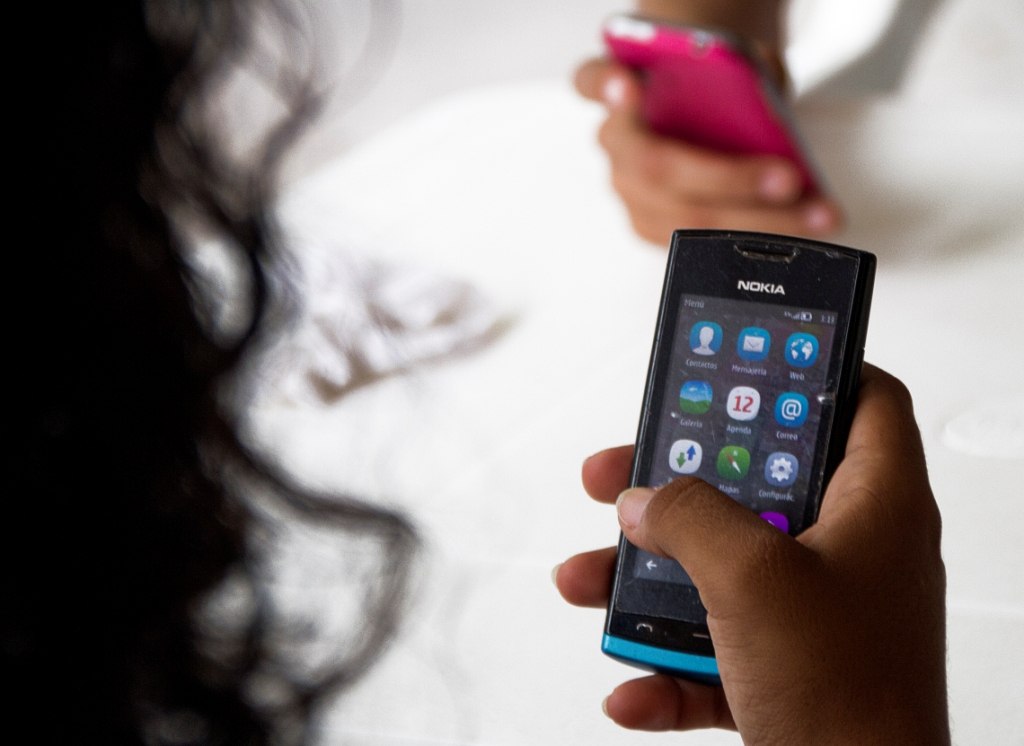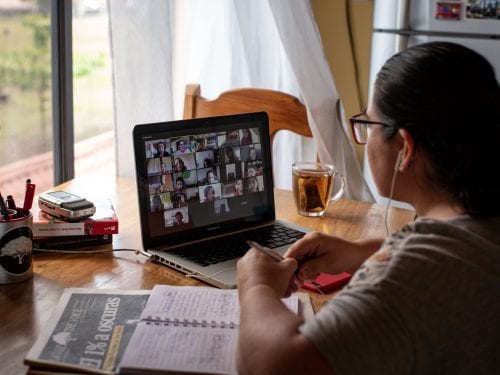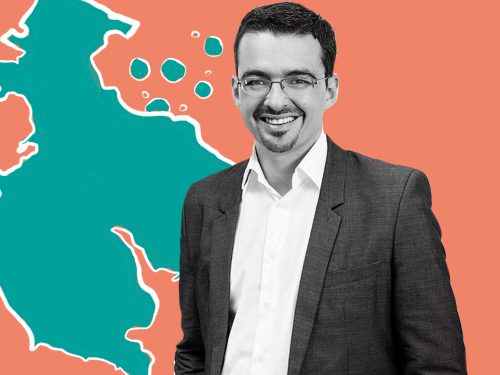
It is no secret that many places in Guanacaste lack access to technology when compared to other parts of the country. However, the gap may be closing, opening new opportunities along with new concerns.
A study done by the Ministry of Science, Technology and Telecommunications (MICIT- Ministerio de Ciencia, Tecnología y Telecomunicaciones), using data gathered in the 2011 census, shows that no district in Guanacaste has the highest level of access to high-quality Information and Communication Technology.
The ranking included 472 districts in the country, and took into account services and technologies such as telephone landlines, mobile phones, subscription television, screens (Plasma, LCD or LED), desktop computers, laptops and regular internet connections.
Regarding the canton of Nicoya, downtown Nicoya ranked 204th, followed by the district of Samara at 253rd, then Nosara at 307th, La Mansión was 351st, Quebrada Honda ranked 371st, San Antonio 403rd and Belén de Nosarita was 412th.
“Even though Costa Rica has been very dynamic since the opening of the telecommunications sector, showing penetration of mobile phones above 100%, access to these diverse technologies certainly isn’t homogeneous for the entire country,” stated Micit’s analysis.
Nevertheless, the National Telecommunications Fund (Fonatel – Fondo Nacional de Telecomunicaciones) promises to bridge the digital gap in one year for almost 30 of Guanacaste’s communities, according to information advanced to The Voice by the Superintendent of Telecommunications (Sutel), and Nicoya is the canton with the longest waiting list, taking into account seven communities: Nosara, Cuesta Grande, Balsal, San Juan, Naranjal, Los Angeles and Zaragoza.
For some, new technology hinders face-to-face human relations, for example kids who talk with their friends through chat, instead of doing so in the neighborhood streets. Moreover, economic costs are incurred for families. However, according to Jose Carlos Chinchilla, a sociologist with the National University (UNA), far from being a negative effect, it is a transformation to a modern and egalitarian society.
“In reality we are faced with a new culture, the entrance to a virtual world, which doesn’t cease being real because it is virtual and many times is more real than what we imagine. By promoting the reduction of the digital gap, the Costa Rican state is fulfilling the constitutional mandate to give opportunity to everyone,” explained Chinchilla.
To Chinchilla, it’s fabulous for communities located very far from urban areas to have access to technology because with it, their residents will have a better chance to enter the work world and to have global access, thus being a leap forward for social progress. “It’s unfair that a person from the capital has a better future due to this great tool, and that it is denied to another from a rural area,” concluded Chinchilla.
The spokesperson for Sutel, Eduardo Castellon, indicated that at this moment some communities have been evaluated, but that others may be added later. “The bidding rules are being designed for the Chorotega region; there still isn’t anything concrete. This will hopefully be done in the second trimester of 2014, and we hope that by the end of that year or the beginning of 2015, all of those communities will have the technology.”
According to Castellon, along with the opening of the telecommunications market and the money coming from operators and providers, internet and telephone services will be implemented in schools, health and care centers and other homes that have waited many years to have this technology.







Comments